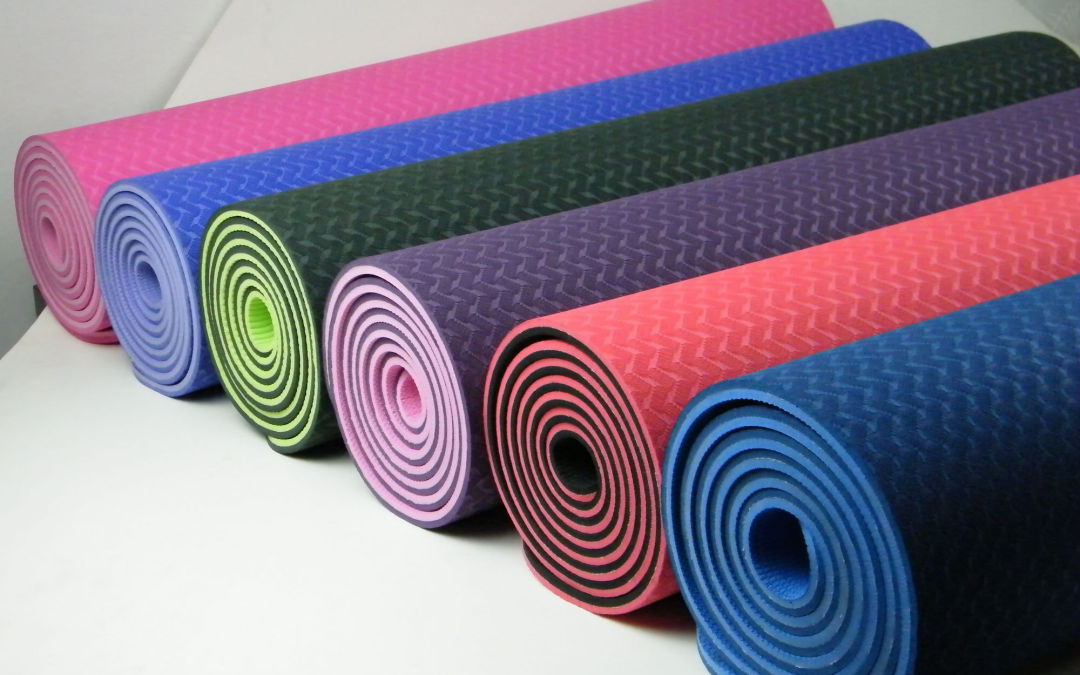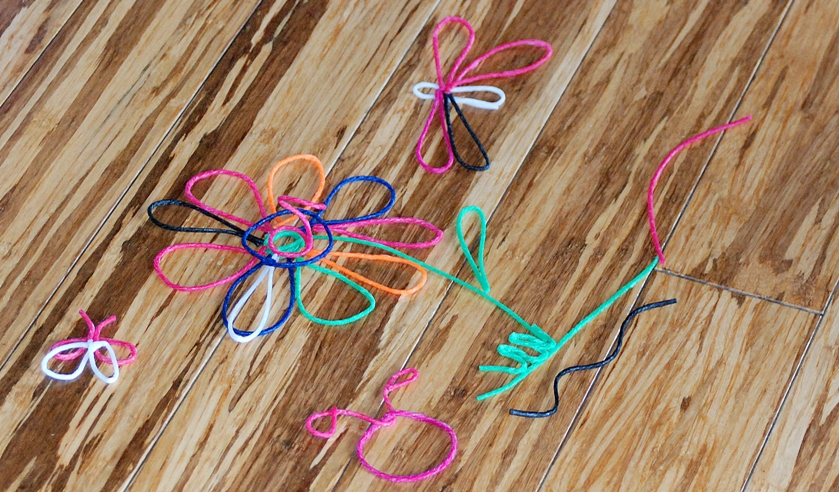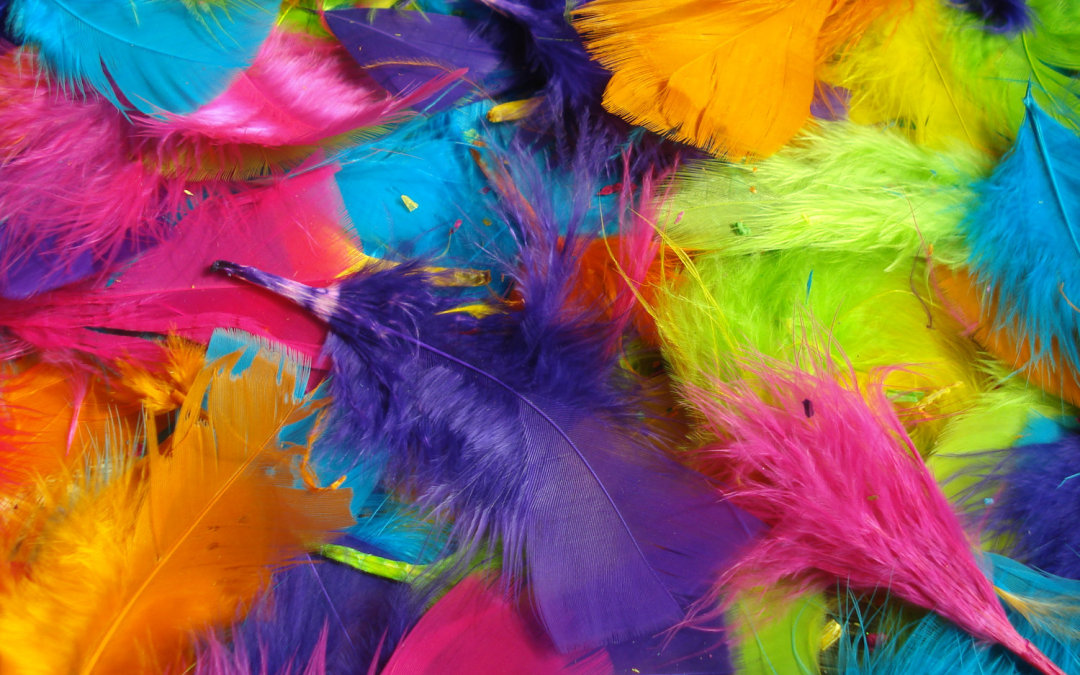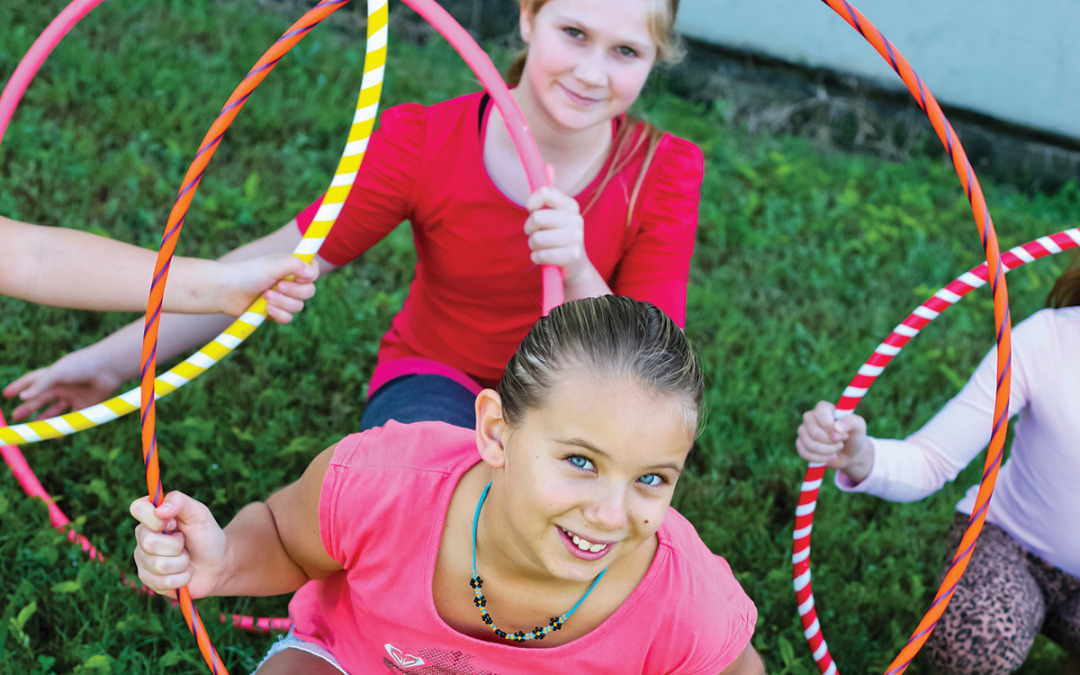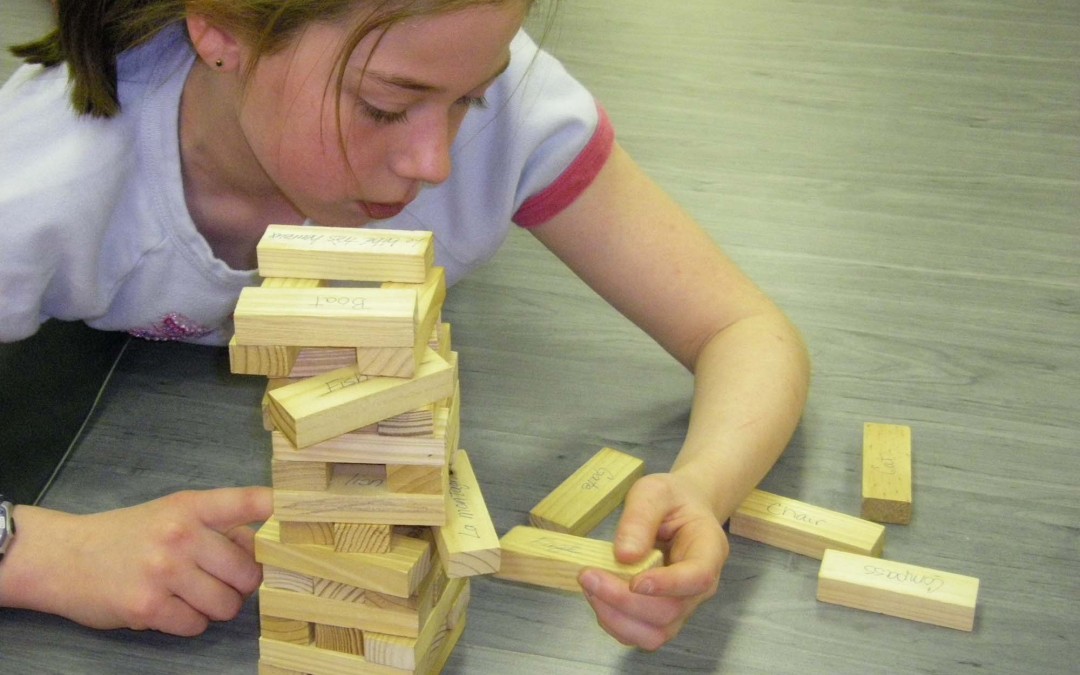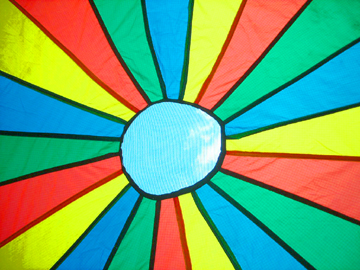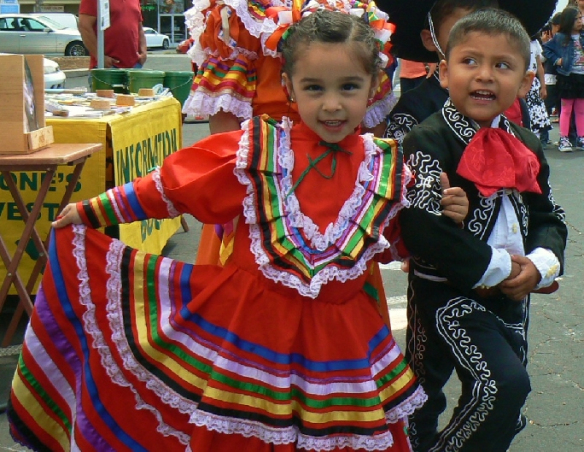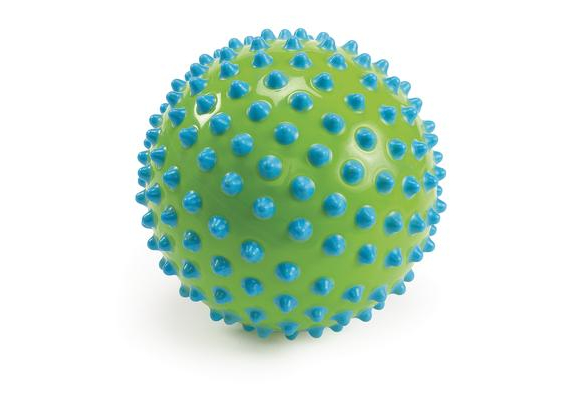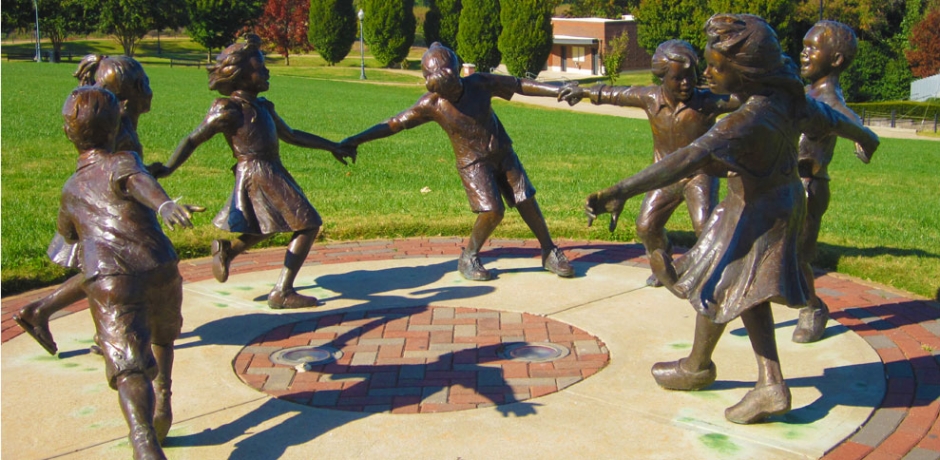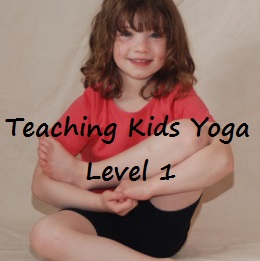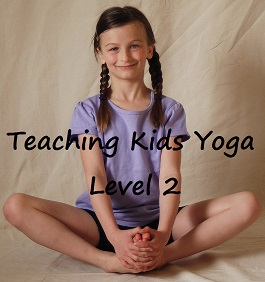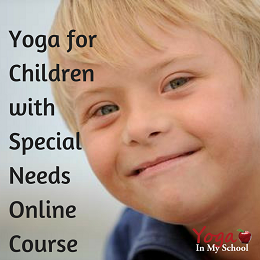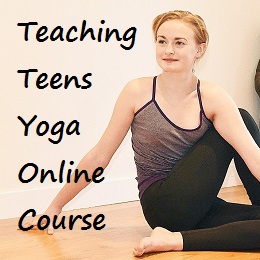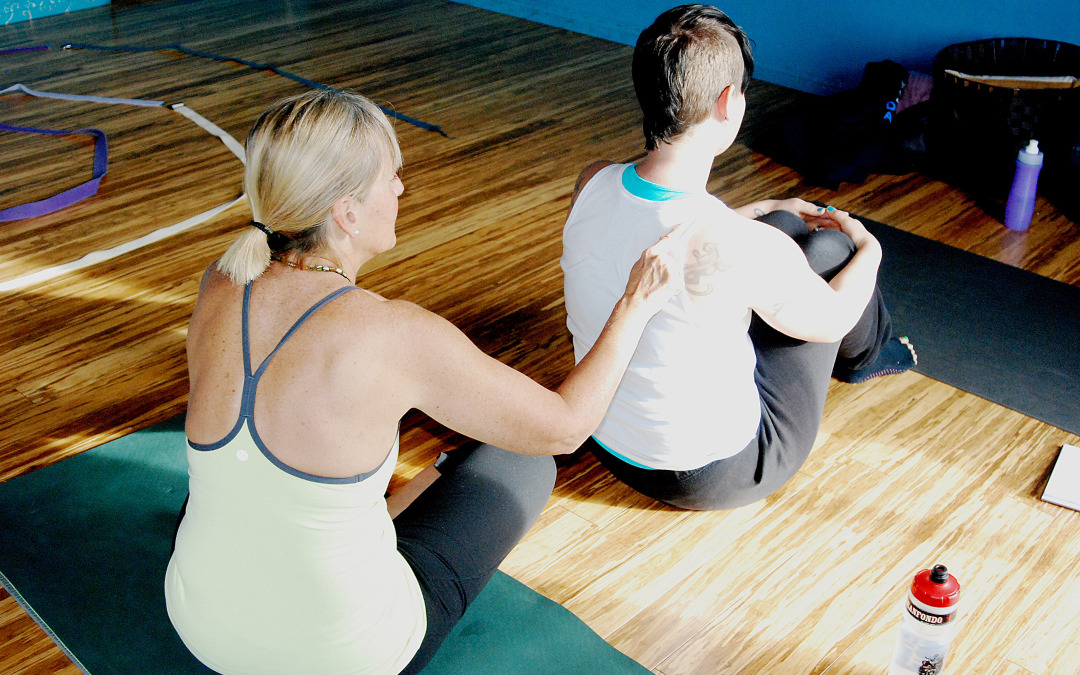
by Donna Freeman | Curriculum Applications, Kids Yoga, Special Needs Yoga, Teen Yoga, Yoga Games, Yoga in School
Body Chalk Board is a great way to increase body awareness and sensory perception. Learning to rely on touch alone is a challenging skill and helps to focus attention and improve mindfulness. In the ‘olden days’ my sisters and I would play Body Chalk Board on long car trips. (Yes, we did have cars back then.) Today, I often use this technique when reviewing spelling words with my own children or often to simply tell them I love them with a short message written on their palm. It is always a hit when we pair up during kids yoga class and children try to spell the names of the poses on one another’s backs before practicing them. This game is also fantastic for learning cooperation and communication skills. You may even want to try it with your teens to keep them connected to their body.
Body Chalk Board
Divide group into pairs. Sitting in easy pose (sukhasana), often referred to as criss cross, with one partner in front of the other use your partner’s back as a chalk board. Using a finger draw numbers, shapes or letters of the alphabet on the ‘chalk board’. The person whose back is the ‘chalk board’ guesses what is being drawn. Wipe the ‘chalk board’ clean with flat palms from top to bottom or side to side before switching roles.
For more of a challenge send a message via the ‘chalk board’ that the person in front writes down letter by letter as it is received.
To encourage sensory development and awareness do the same thing using other parts of the body: stomach, soles of feet, palms of hands. This is a wonderful game for children with sensory processing challenges (SPD, Autism, ADHD, etc).
Visit our Yoga Games page for more amazing & fun yoga games to enjoy yoga with kids and teens.
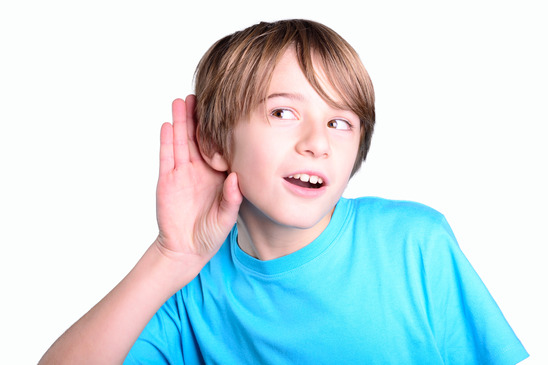
by Donna Freeman | Meditation, Mindfulness, Yoga Games
This game helps attune individuals to all the sounds in their environment. It is wonderfully versatile and can be played with one other person, a group, or all alone. In addition it builds concentration and memory. This game encourages open attention as it requires continual scanning of the environment. It is also a sensory game helping to focus on one sense at a timewhich is helpful when working with children with autism spectrum disorders, ADHD and other sensory challenges.
Do You Hear What I Hear
Before you leave to walk somewhere, especially if you are going on a route you’ve taken many times and want to engage the participants attention, ask the children to help you guess the number of different sounds you’ll hear along the way. Then while walking, say “I can hear a _____________” and wait until the others hear that sound too. Keep walking and let everyone have a turn identifying sounds. Keep a running tally of all the sounds. Can you recall each one? In order?
Alternatively you can do this game while stationary. Have everyone sit comfortably, or lay down, and close their eyes. Tune into the various sounds around you. The hum of the lights, music playing in the distance, a clock ticking, air conditioning or a furnace turning on or off, a friend’s breath, your own beating heart. Mentally note each sound, then move on, continually scanning for ones which weren’t even aware of before this moment. After a few minutes, open your eyes and share with the group the sounds you heard.
Do You See What I See Variation
Instead of “I can hear” use “I can see” and point out to each other anything interesting you see. You could also be specific and look only for a certain type of thing. Only red things? Only new things, such as a recently bloomed flower or newly painted fence?
For a complete listing of yoga and mindfulness games visit the Yoga Games Page.
Photo by cesarastudillo


